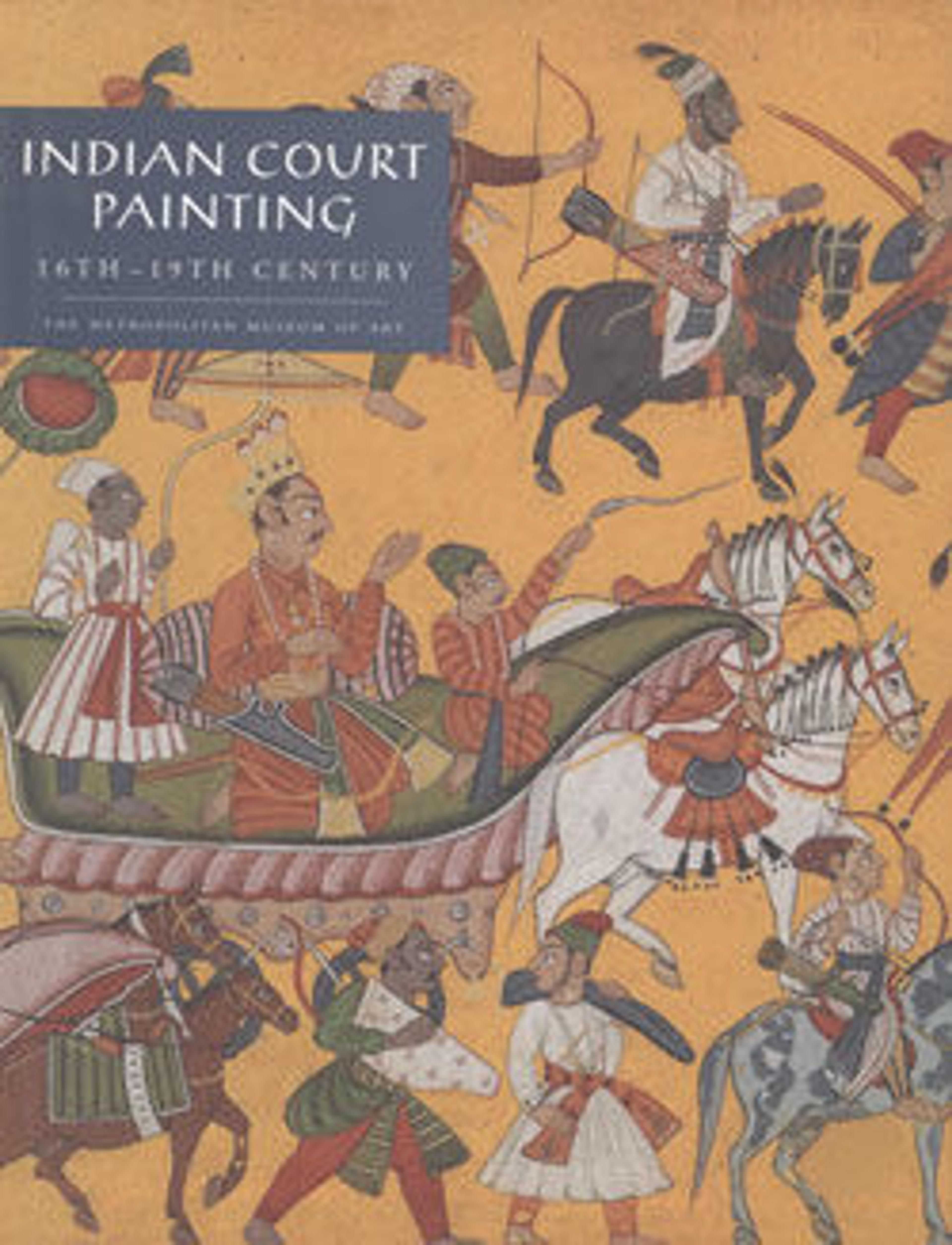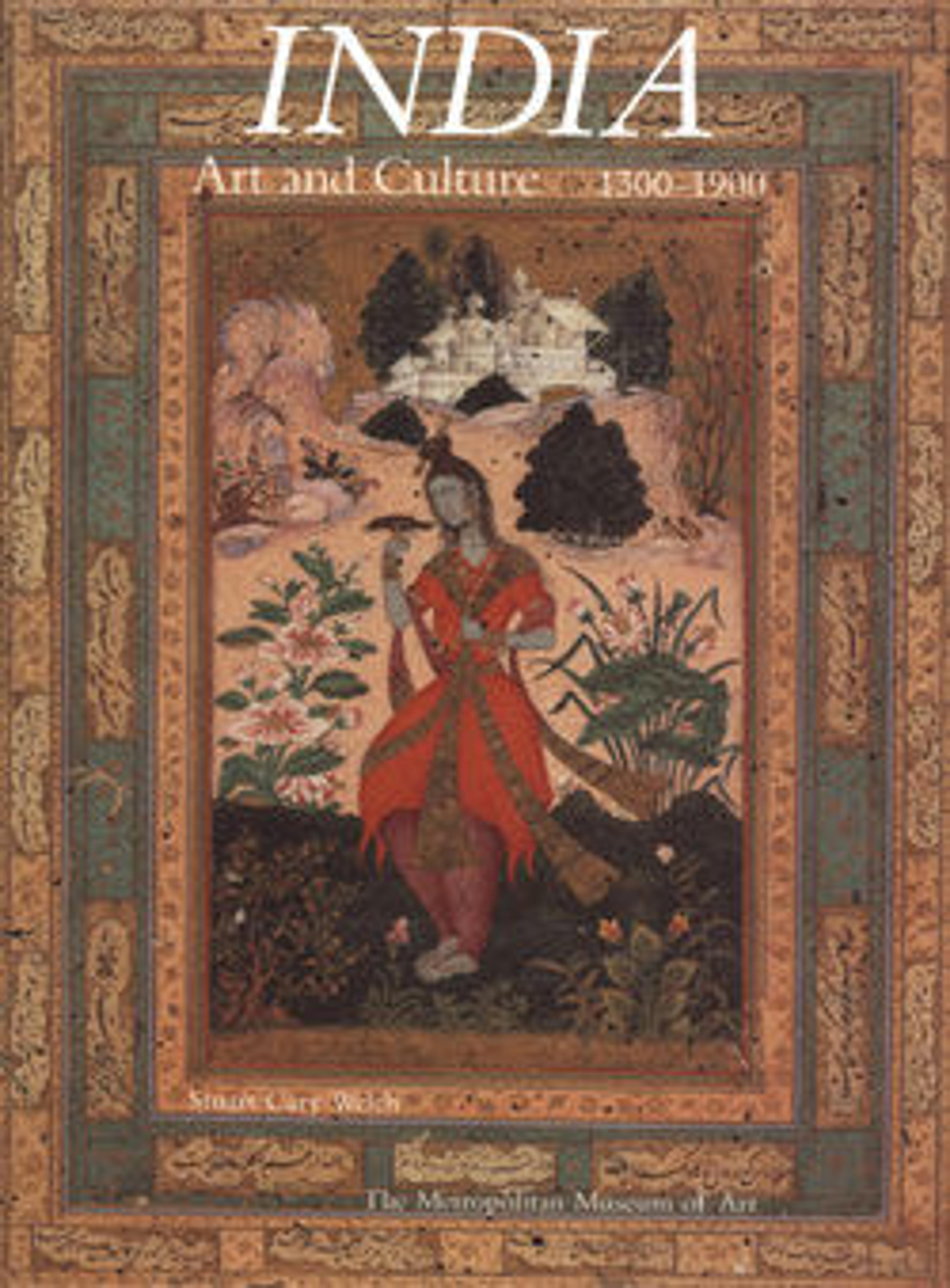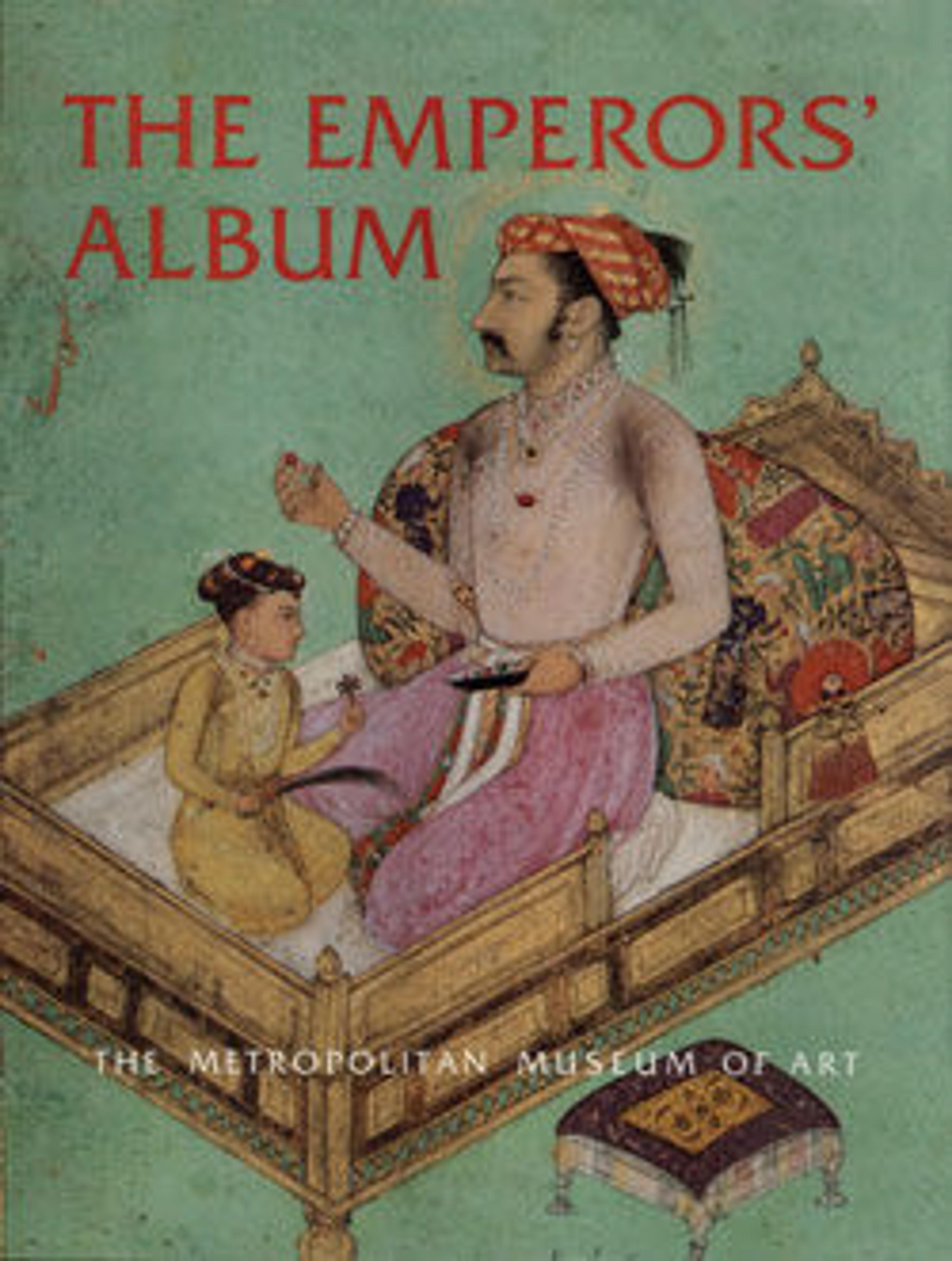
Indian Court Painting, 16th–19th Century
Paintings of extraordinary beauty and variety were made for the many royal courts of India during a golden age that unfolded in the sixteenth century and lasted well into the British period. In India, two artistic traditions converged. The indigenous Rajput culture produced exuberant, vibrantly colored, boldly patterned illustrations of Hindu myths and epics. The entirely different art of the Islamic Mughal invaders, subtle and naturalistic, mainly presented elegant scenes of court life and history. From the cross-fertilization of these two traditions, a multiplicity of highly original painting styles blossomed and flourished.
While works of art originating in Mughal and Rajput courts are often treated separately, in this book paintings made in the major Mughal, Deccani, Rajput, and Pahari workshops are presented together, chronologically. Eighty-three exceptionally fine paintings are reproduced in full color. Each is accompanied by a paragraph explaining the subject illustrated and pointing out particular qualities of style.
Interrelations between the various court traditions are explored in the essay, a lucid and comprehensive overview of the development of Indian painting. The author vividly describes the vicissitudes of political power, royal personality, and the movement of artists from place to place that constituted the historical and social context in which each regional court evolved its distinctive artistic vocabulary.
The rich, remarkable court paintings of India are splendidly offered to the reader's eye and mind in this book, which also includes a map, enlarged detail photographs, and a selected bibliography.
Met Art in Publication
You May Also Like
Press the down key to skip to the last item.
Citation
Kossak, Steven. 1997. Indian Court Painting, 16th-19th Century. New York: Metropolitan Museum of Art : Distributed by Harry N. Abrams, Inc.




